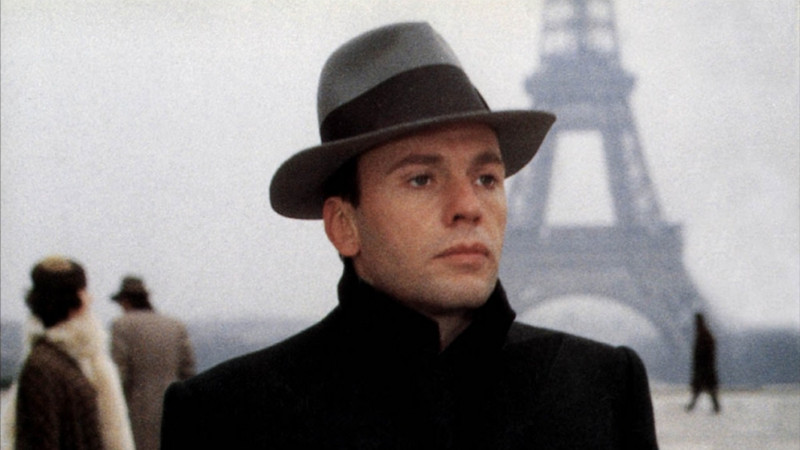
After the French premiere of his film “The Conformist”, Bernardo Bertolucci waited patiently outside of a local drugstore in France for his mentor and legendary film director Jean-Luc Godard to arrive with his opinion about his new film.
Bertolucci held Godard in such high regard that he considered there were two eras of cinema – films made before Godard started directing movies and films made after. To Bertolucci, Godard was a god of cinema and was very anxious to hear what his mentor thought about “The Conformist”.
When Godard arrived, he said nothing, only handing Bertolucci a note before leaving. When Bertolucci opened the note, there was a portrait of the communist leader Chairman Mao Zedong on it and the note read: “You have to fight against individualism and capitalism.” Bertolucci was devastated after reading it and destroyed the note once he discovered that his beloved mentor didn’t like his newest film, but Godard would be in the minority.
Filmmakers, critics and audiences hailed “The Conformist”, released in 1970, as one best films in Italian cinema. In one review of the film, Vincent Canby, the film critic for The New York Times, gave an insightful observation of the film, “The movie is full of such curious coexistences, some of which align good alongside evil and others that reinforce or echo major themes.”
“The Conformist” seems at first to be such a complex film, only because Bertolucci added so many subtle layers for the viewer to decipher. But at its core, “The Conformist” is a brilliant exercise of cinematic minimalism, creating a haunting narrative, making the film a masterpiece of Italian cinema.
1. Confirming to society
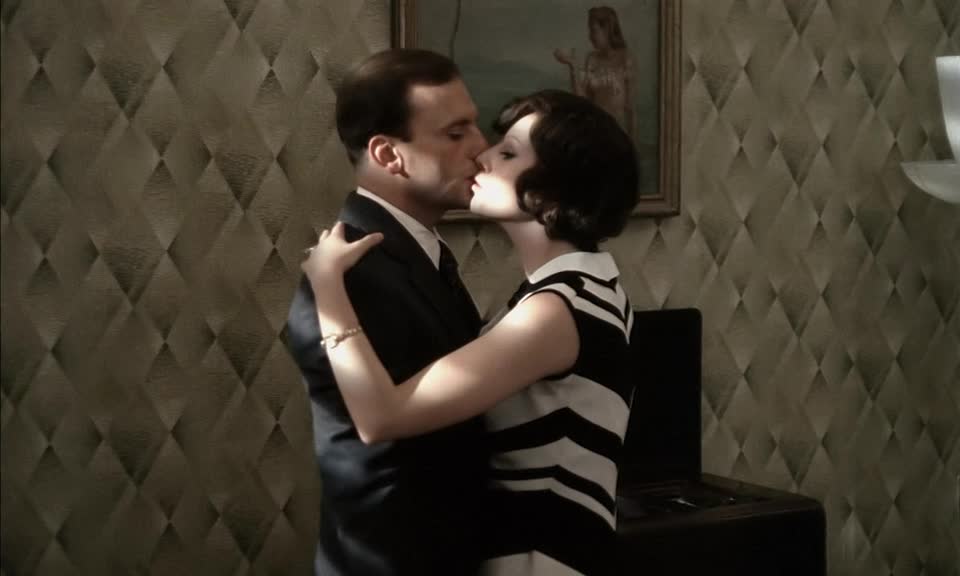
The lead character Marcello, played brilliantly by actor Jean-Louis Trintignant, wants to fit into society so badly that he conforms to the standards of modern society, becoming a fascist foot soldier in Mussolini’s dictatorship. He seeks the marriage of a young woman; not out of love, but out of the necessity to appear normal. On his honeymoon, he uses this marriage as a cover as he attempts to assassinate a former professor from his college days for the fascist powers that be.
Is he a true believer? Of course not; he’s just another soulless individual who does not seek wealth or subscribe to a certain ideology. He just wants to assimilate because Marcello realizes early on in life that he doesn’t fit it with everyone else, and that shortcoming could be dangerous. This fear motivates every decision in his life because deep down, he’s a coward, and conforming to the norms of society can help keep him safe. Unfortunately, Marcello is living in dark times, and by conforming, he’s adopting the dark agenda of the fascist movement.
Trintignant gives a masterful performance as Marcello because he doesn’t make us sympathize with the character, but he prevents the audience from despising such an unlikable human being. He plays the character as somewhat of a voyeur in his own life, someone going through the motions of living, someone who’s there but not fully alive, a person who stands for nothing. And at the end of the movie, as the Mussolini government collapses, Marcello meets up with one of his former fascist colleagues to discuss their future.
While trying to make sense of a post-fascist government, Marcello denounces his former colleague when an anti-fascist demonstration comes along. Once again, Marcello is conforming; this time he portrays himself as being anti-fascist. The movie is a cautionary tale, as it shows that the most dangerous people are not the ones who stand for something; it’s the people who stand for nothing who will do the most harm in life.
2. Haunted by the past
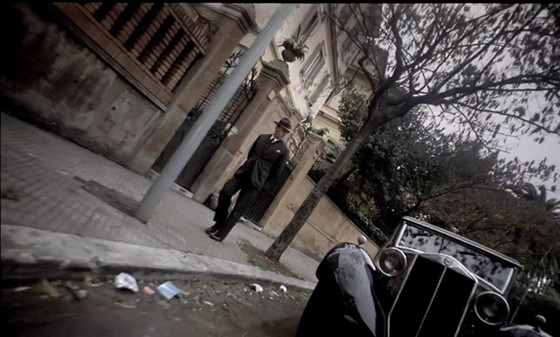
Marcello’s past has haunted him for years; in his youth, growing up in a wealthy family, he was often ostracized by his fellow classmates at school and his only friend and confidante was the family’s chauffeur. But the young chauffeur has ulterior motives; one day while showing the young Marcello a pistol, he tries to seduce the young boy into a homosexual tryst.
The older man and young child fool around until things go awry, when young Marcello fires the pistol while playing around with it, shooting the chauffeur in the face. Fearful that he be held accountable for murder, he places the pistol in the hand of the chauffeur, making the crime scene look like a suicide before climbing out the window running away.
These events from his childhood have influenced his life as a grown man. He’s sexually confused – is he gay or heterosexual? This is one reason why he rushes into a loveless marriage; his rationale for marrying his future wife is that she’s good in bed and in the kitchen, but she’s also air-headed, which make it easier for him to control and manipulate her.
And the act of violence from his past shooting and leaving his chauffeur for dead makes him comfortable with playing the role of assassin for the fascist government. He’s a man haunted by his past and comes to a much-needed resolution at the end of the film; while meeting with his fellow fascist colleague in the streets, he spots the chauffeur from his youth trying to seduce a homeless boy.
Marcello is completely shocked; for years he believed himself to be a murderer and when the truth finally surfaces, he confronts his former chauffeur enraged, calling the man a pedophile and accuses him of the murder he was sent to commit in Paris. Marcello makes such a big scene that his former chauffeur runs away, and Marcello realizes that one event from his childhood – the sexual advance from the chauffeur and the shooting – was responsible for creating the soulless monster that he become.
Bertolucci had this to say about the ambitious ending of “The Conformist”: “The conformist understands that the reason of his desperate look for conformism is that he realizes he is different and that he never accepted his difference. In that last scene, he understands why he became a fascist – even the worst fascist of all – because he wanted to hide and forget what he feels are his differences in his deep, deep consciousness. It’s like realizing that even fascists have a sub-consciousness.”
3. Solid direction

Bertolucci started out his career working as an assistant to for film director Pier Paolo Pasolini and soon would start directing films himself. It was his third film, “The Conformist”, which made him an internationally-known filmmaker.
“The Conformist” can best be described as a beautiful movie about ugly things. It is told through flashbacks, and the structure of the film is more about mood than plot, but Bertolucci tells a cohesive movie using this style of filmmaking and creates a film so engrossing that it keeps the audience involved to the very end.
Throughout the film, the director creates a story told with rich and colorful photography, but at the end of the film, after the assassination takes place, the rest of the story is told with very dark photography with more shadows, and practically little color is shown. Even though Marcello and his wife now have a young child, Bertolucci wants the audience to know even though Marcello has accomplished his goal of conforming, his soul is now resting in a darker place because of it.
4. Vivid cinematography
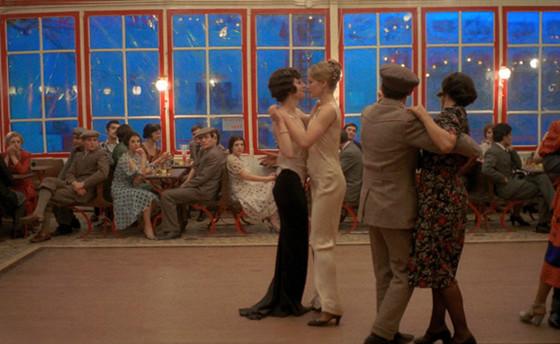
The son of a projectionist, Vittorio Storaro would become known as one of the greatest cinematographers to ever live, and some believe “The Conformist” remains his greatest work of all time. Known for using vivid color in his photography, his work on “The Conformist” utilizes color, dramatic camera angles and composition, and even psychology was used to create the mood of the film.
Storaro told Bertolucci they should box in the main character Marcello while he’s in Italy as if he’s trapped in cage. The first part of the film is shot in a claustrophobic fashion and there’s a scene when Marcello and his bride to be are on the couch kissing, and we can see dramatic lines of light against the actors and walls representing his cage.
Storaro also suggested to the director that once Marcello travels to Paris, he should be liberated from the cage of light and introduce color and break free from the claustrophobia. And on the train ride to Paris, Marcello and his wife are blasted with vivid colors coming from the train’s window, which is a dramatic change from the first half.
The scenes filmed in Paris are Storaro’s trademark style of using vividly rich colors. When Marcello meets his former professor and they discuss the Allegory of the Cave, Bertolucci explained Plato’s work to Storaro and the cinematographer took inspiration from the painting The Calling of Matthew by Michelangelo to light the scene.
And one of the most beautiful scenes to be ever filmed in color takes place at a dance hall were Marcello’s wife and the Professor’s wife share a carefree dance together. Not since Orson Welles and cinematographer Gregg Toland teamed up to bring “Citizen Kane” to life has there been such a powerful pairing of filmmakers, and Bertolucci and Vittorio Storaro would go on to become one of the most influential collaborations in the history of cinematography.
5. The absurdity of fascism
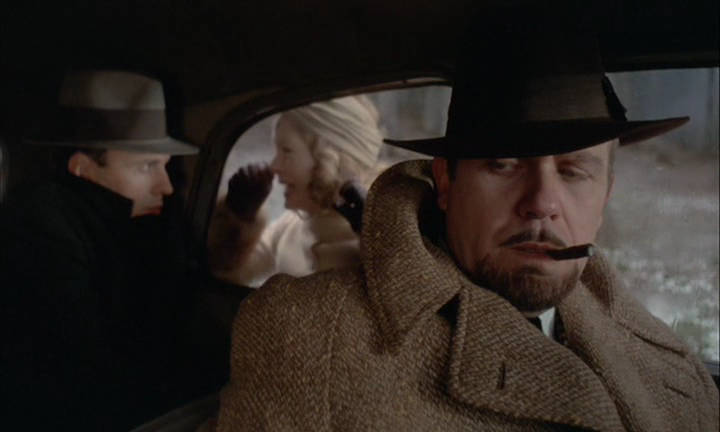
Marcello’s character represents the absurdity of fascism, a mindless person following insane orders based off of shallow ideas, devoid of any intellectual foundation. He doesn’t question the orders to kill his former professor as he knows it will help him rise in the ranks of the fascist movement, helping him achieve his goal of conforming.
When Marcello arrives in Paris and reconnects with his former professor, he’s not deterred from his mission because of the teacher’s hospitality but one thing does give him pause. He finds that the professor’s wife, Anna, played by Dominique Sanda Marcello, is the woman of his dreams, and he tries to woo her behind the back of his wife and the professor.
Anna is not as naive as her husband and sees that Marcello might be a potential threat so she plays a sexual game with Marcello and his wife, trying to figure out how dangerous this couple from Italy truly is.
Marcello learns that the professor and his wife are traveling to a vacation home in a few days and relays this information to his fascist handler, helping him with the assassination. Marcello begs Anna not to travel with her husband and to stay in Paris with him; you even get the impression that Marcello wants to run away with Anna, abandoning his own wife, because Marcello sees a kindred spirit in Anna – they both appear to be survivors and she is a woman Marcello could truly fall in love with.
Of course, Anna doesn’t heed Marcello’s warning, and once he finds out she traveled with her husband, Marcello, along with his fascist handler, drive off in pursuit, and the audience doesn’t know if Marcello is out to save her life or participate in the assassination.
When Marcello and his handler finally catch up to the professor’s car on the road, they arrive just in time for the ambush and Marcello watches from the back seat of the car as the professor is stabbed to death. Bertolucci explained he wanted to film this moment to be reminiscent of the murder of Julius Caesar. Once Anna sees her husband’s murder, she runs away spotting the car Marcello is sitting in a few yards away. She rushes to the car seeking help and is shocked to see Marcello sitting in the back seat; she begs for help but realizes Marcello is part of the plot, and she runs off and is soon murdered.
At the end of the film, “The Conformist” points out the absurdity of fascism when Mussolini’s government collapses. The ideology couldn’t survive, and the murder of the professor and his wife was unnecessary because they were never really a threat to the dictatorship. Had the government concentrated more on governing instead of killing outspoken critics of the ruling class, the government might have lasted, but fascism is about fear and no country or government can ever last on the ideology of fear.
Maybe one reason why Jean-Luc Godard didn’t like “The Conformist” is because it didn’t condemn fascism in a heavy-handed fashion, but the scene where Marcello sits in the back seat of the car while Anna begs for her life with terror painted on her face is the biggest indictment of individualism and capitalism that has ever been captured on film.
Author Bio: R. Prince is a filmmaker from Harlem, New York and the author of the book How to Roll a Blunt for Dummies.